Tailor Made Holidays with our travel experts
We'll do our best to call you within 48h
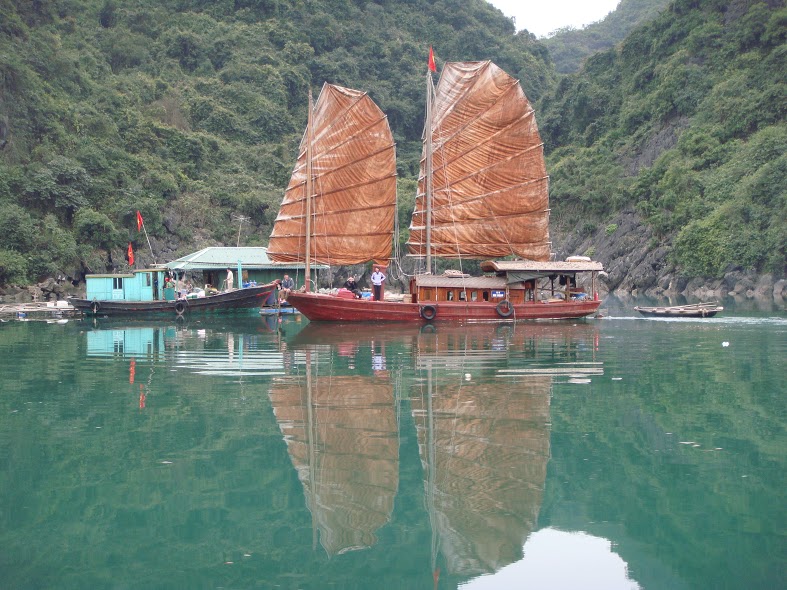

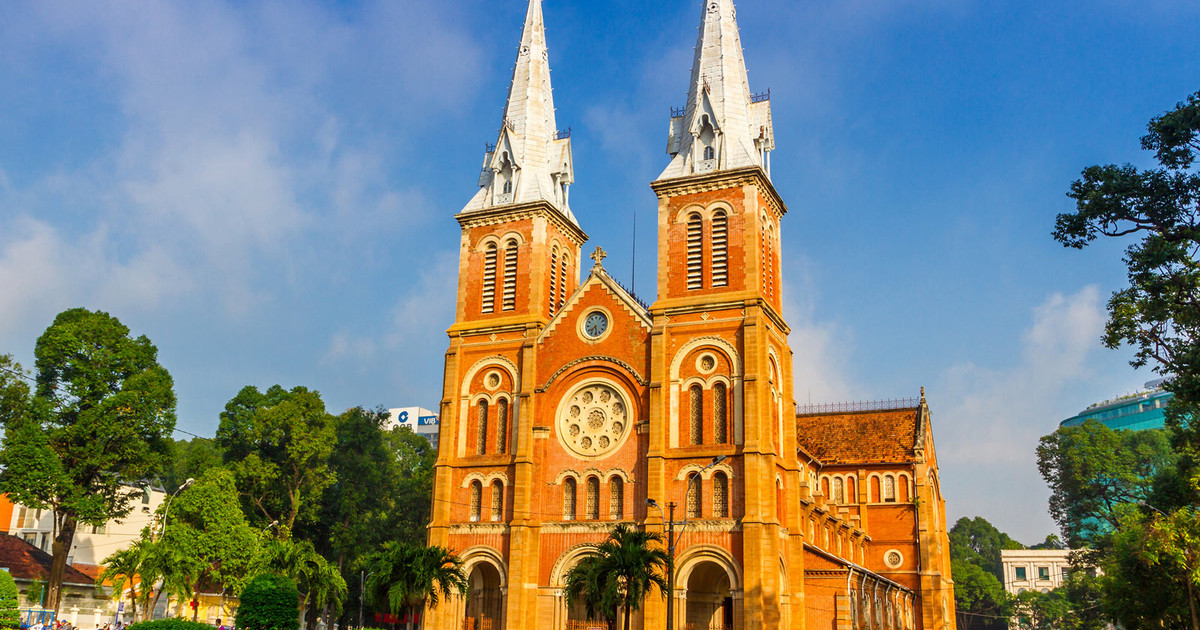
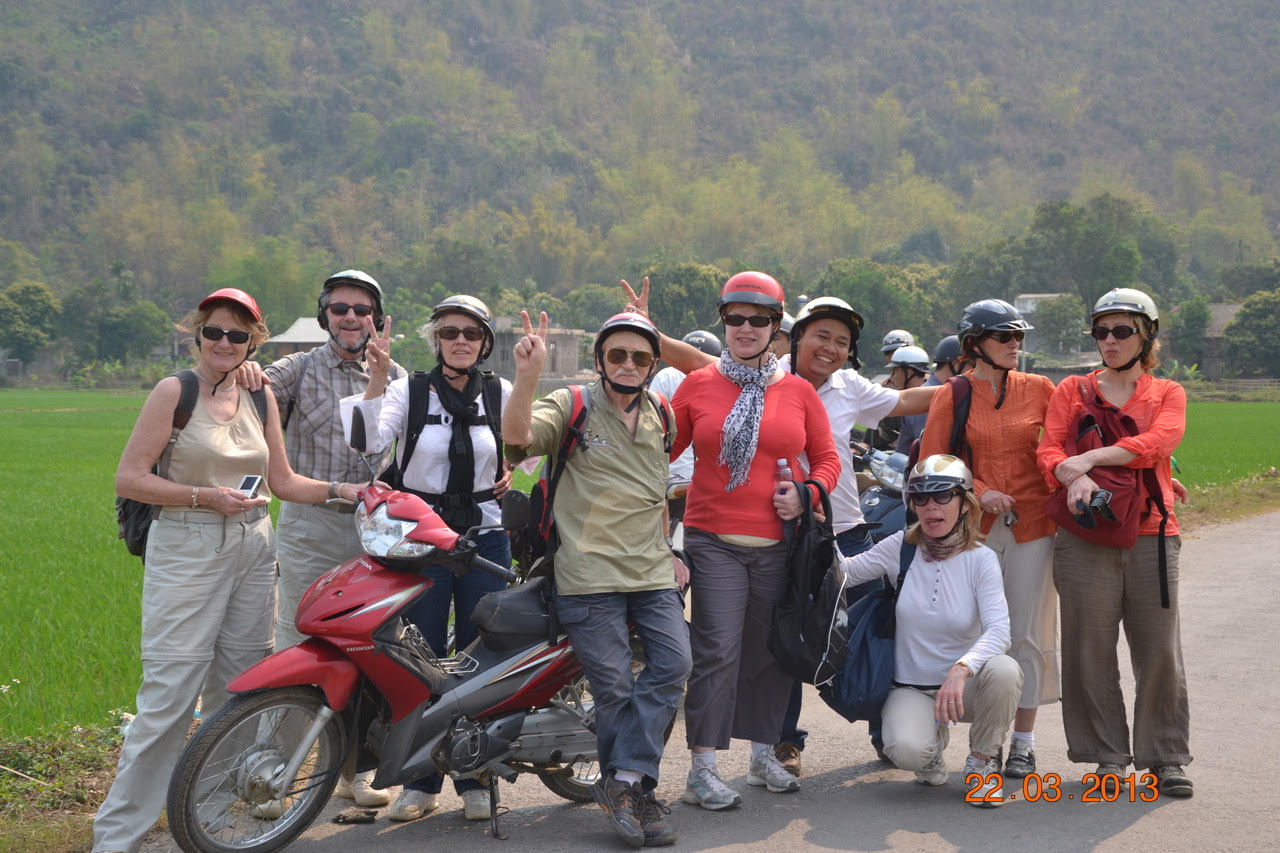
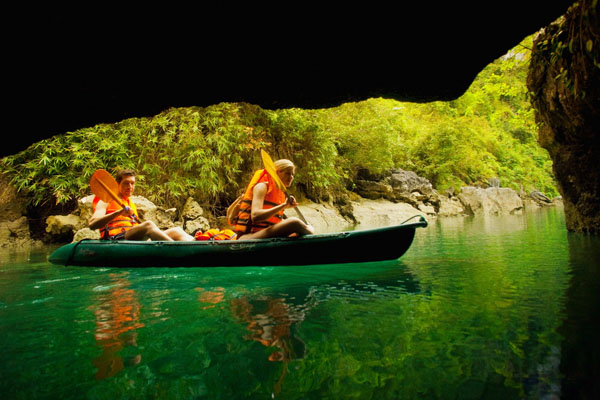
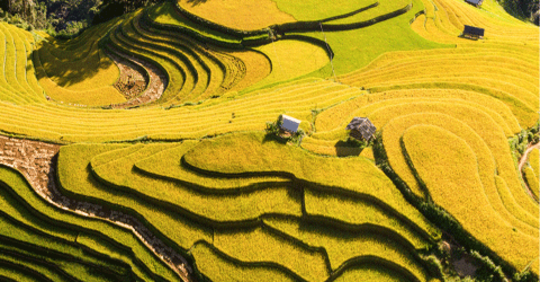
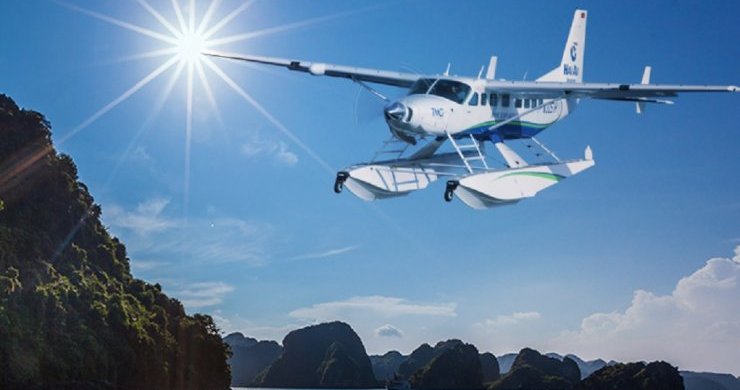
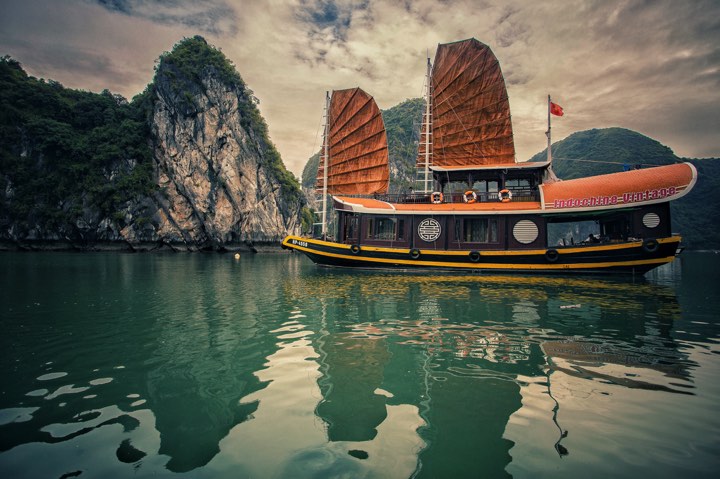


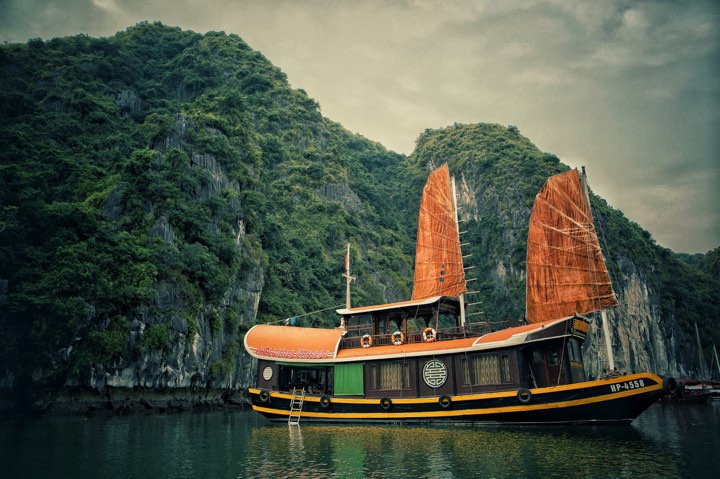

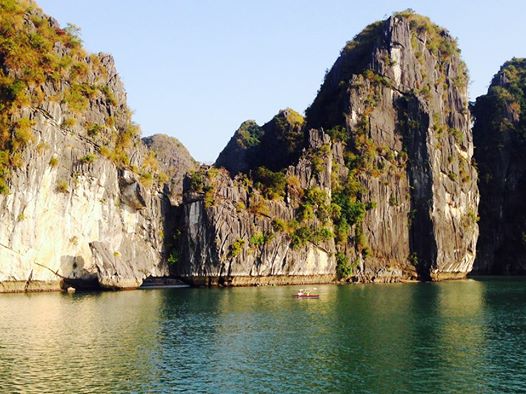
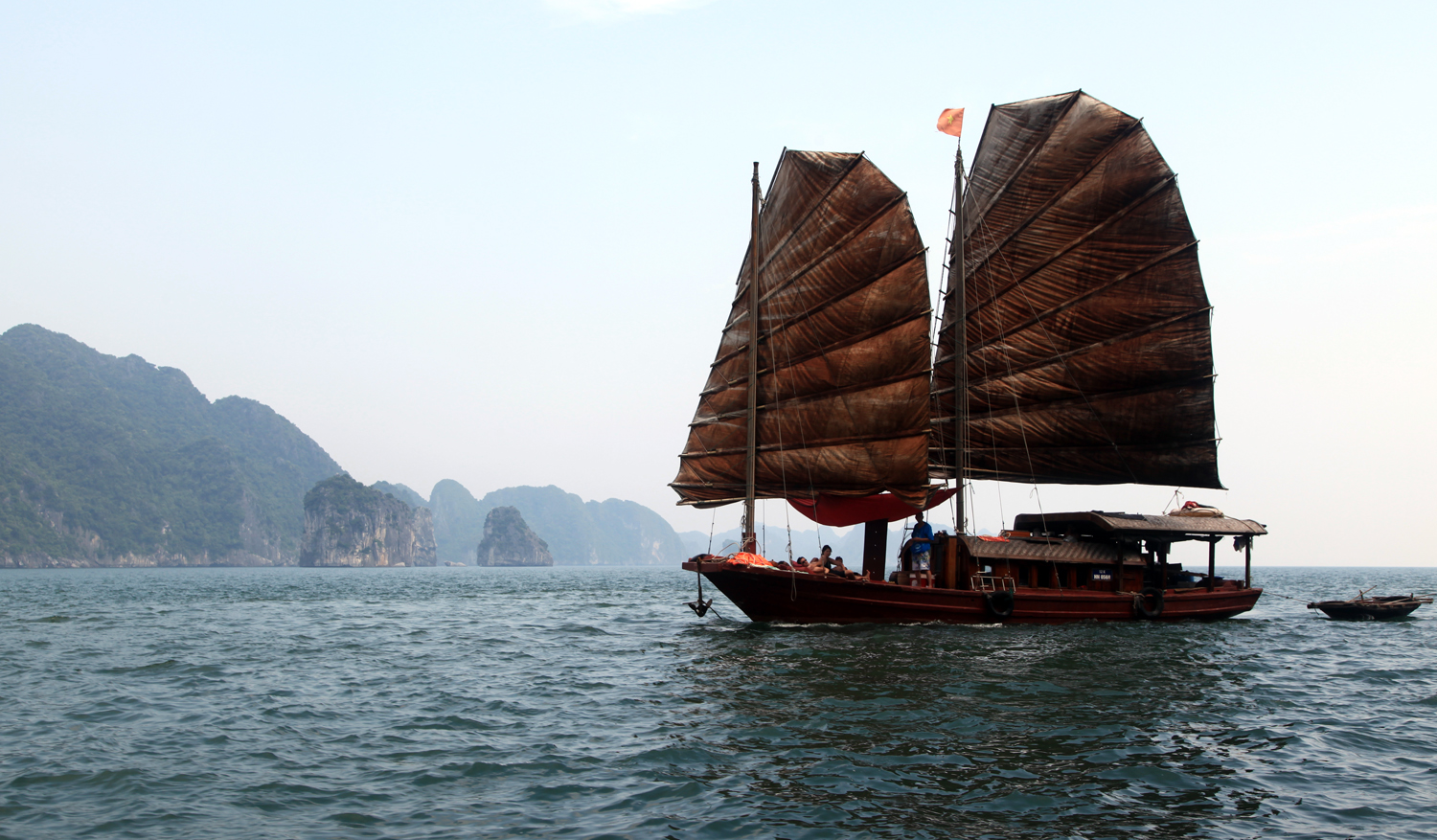
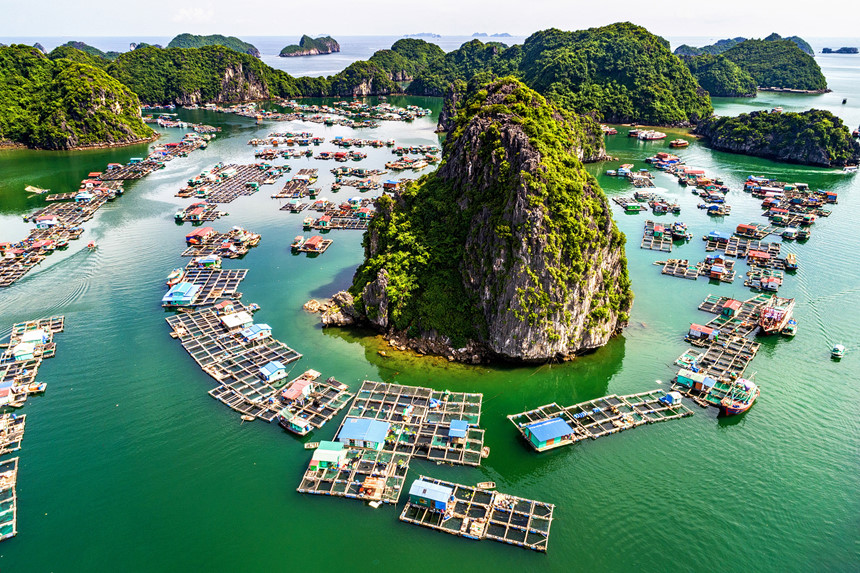
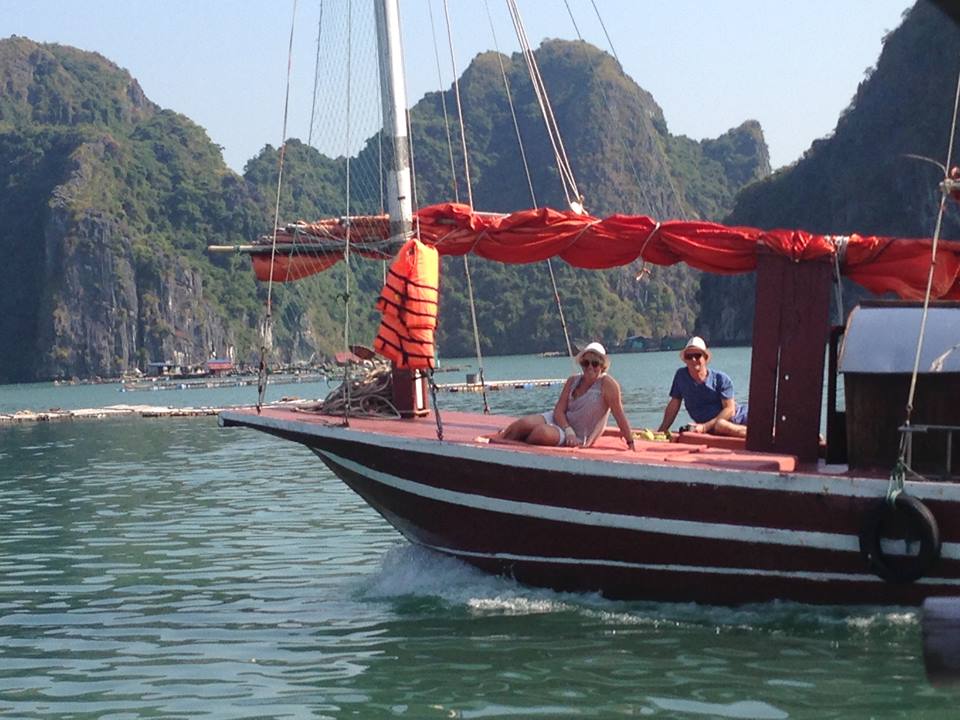
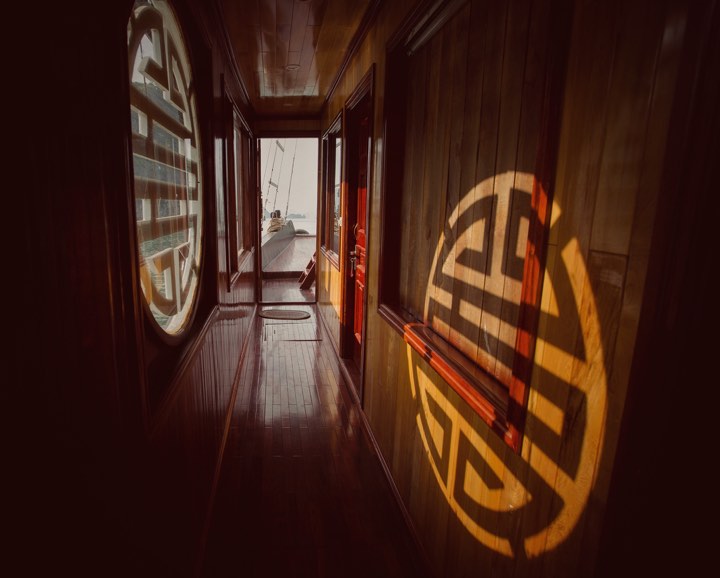
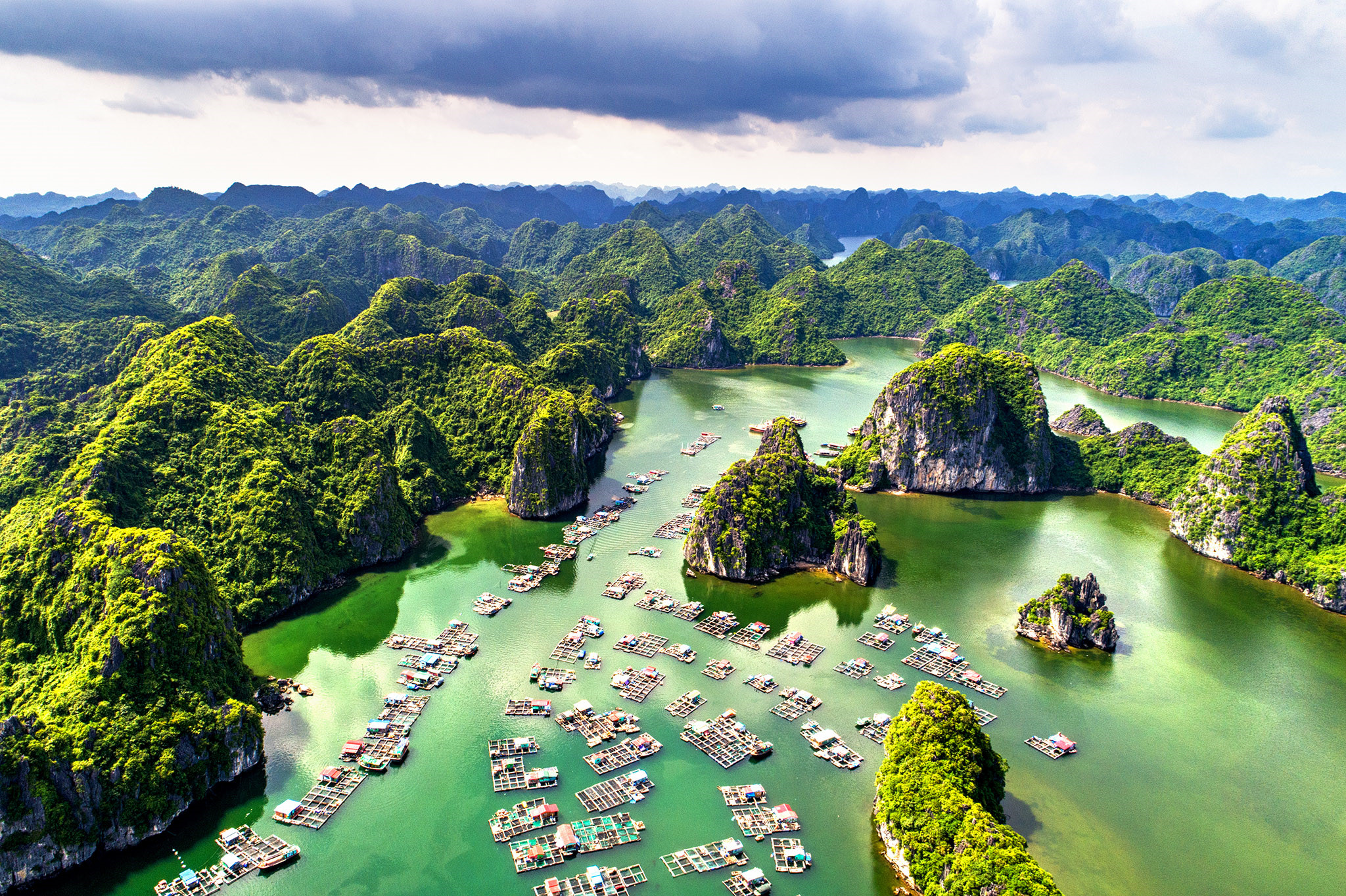
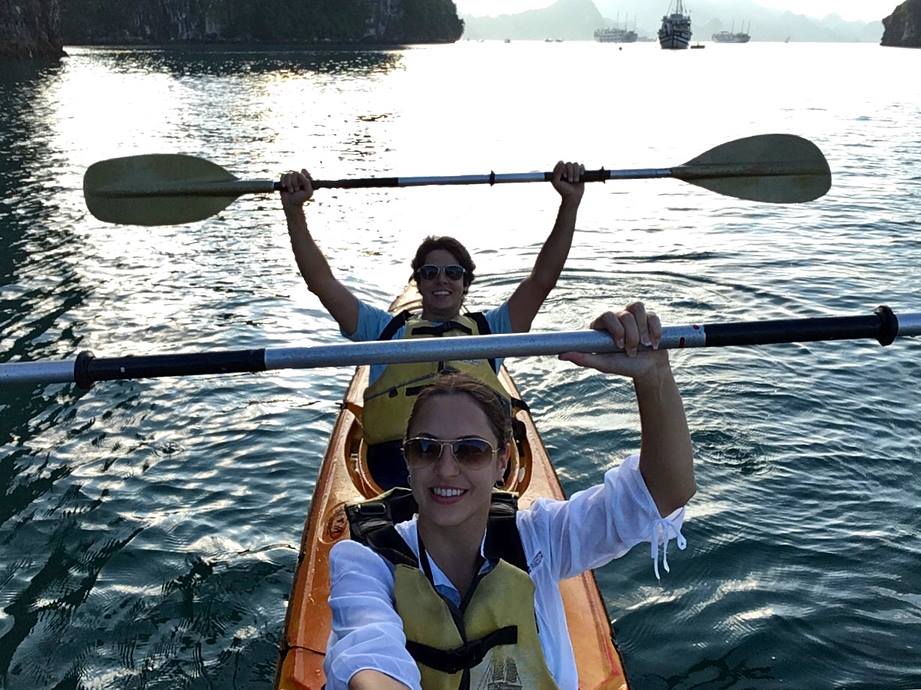
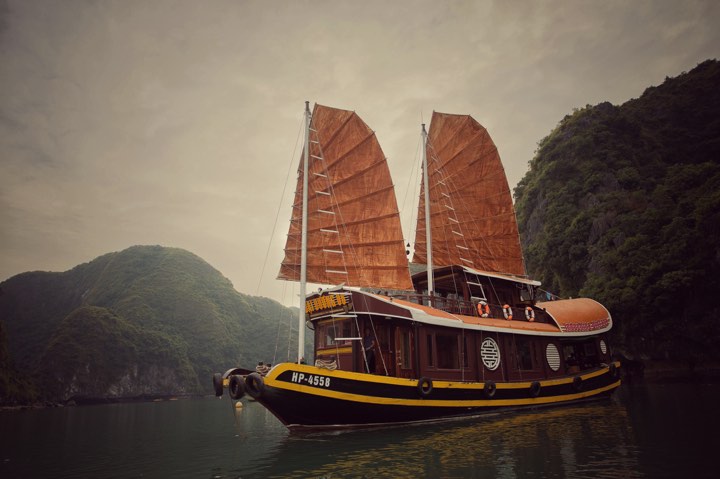
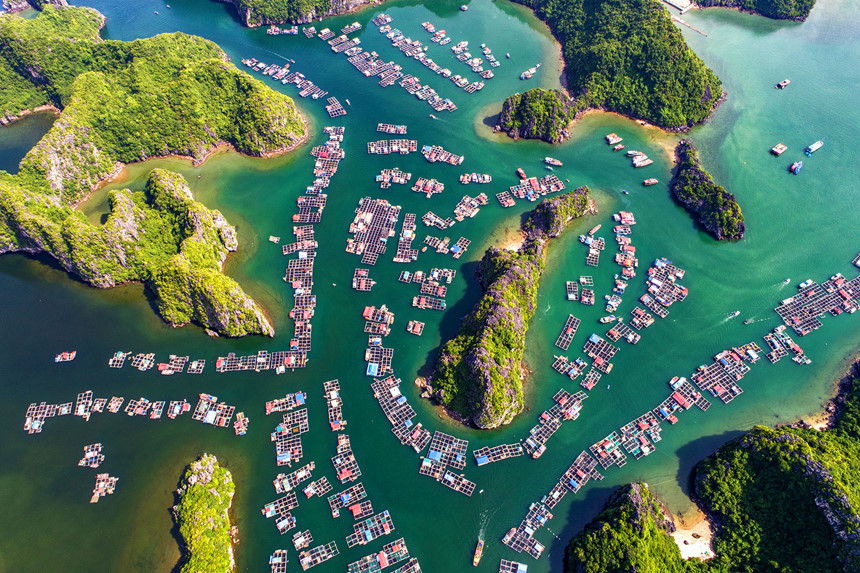
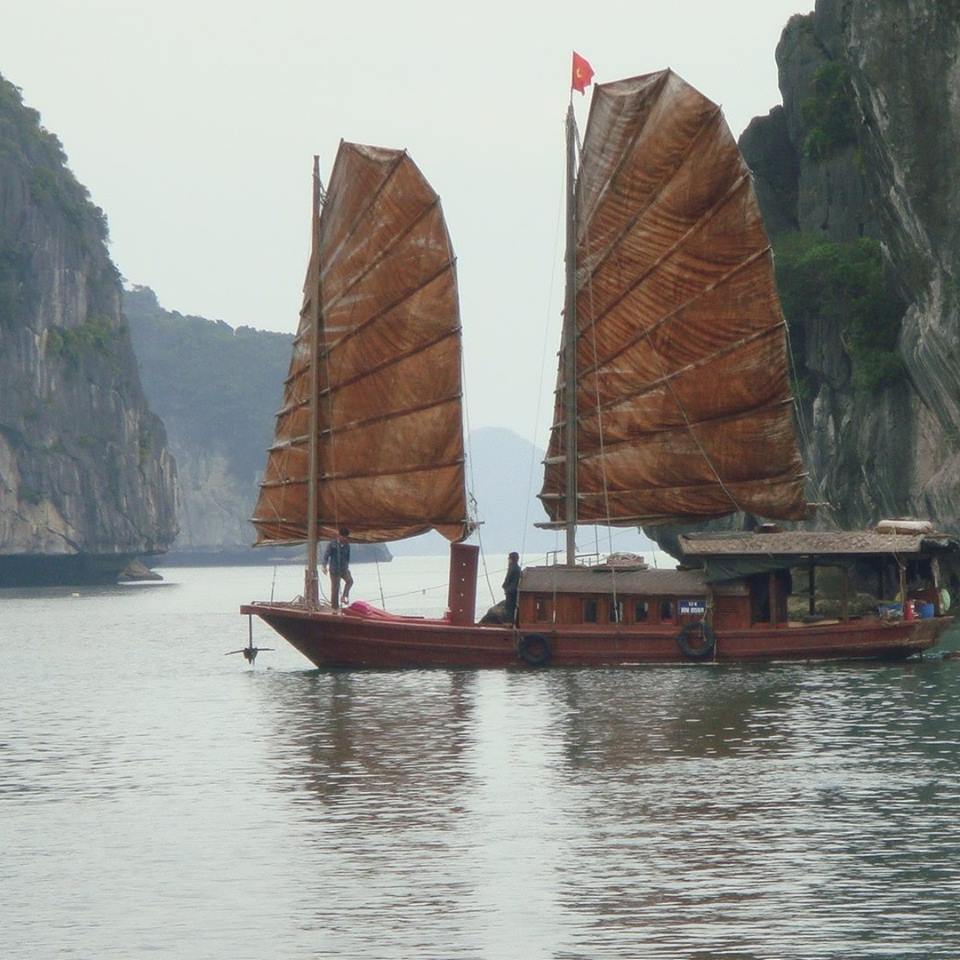
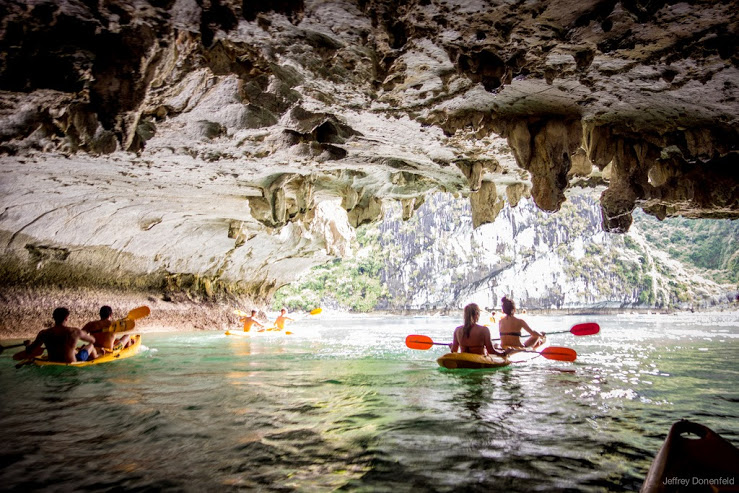

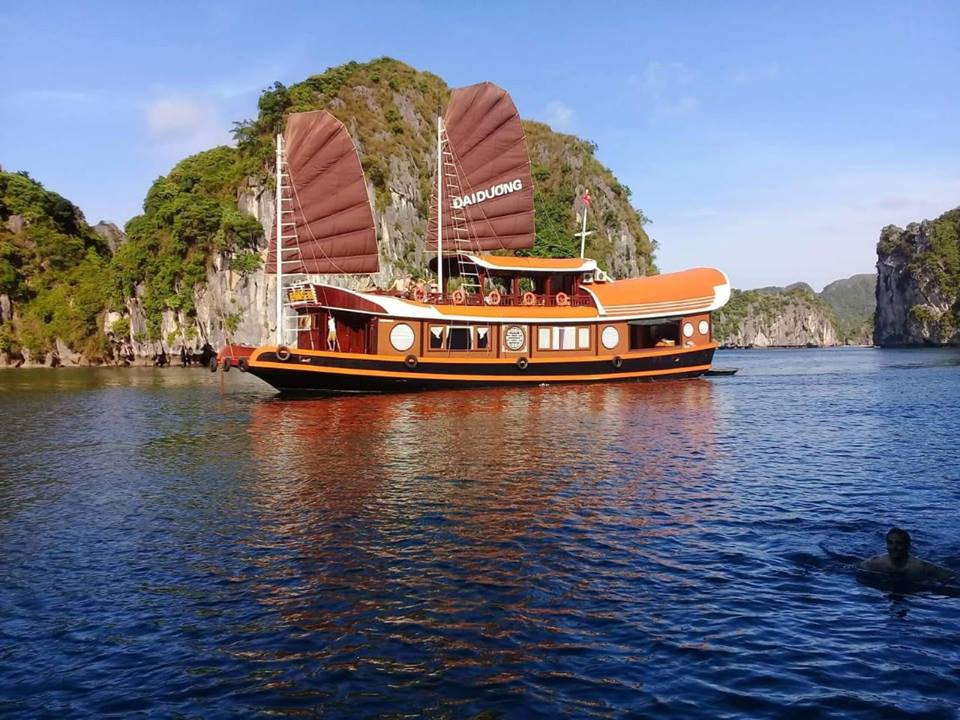
 17D/16N - SCENT OF GREEN PAPAYA VIETNAM 1
17D/16N - SCENT OF GREEN PAPAYA VIETNAM 1 17D/16N - SCENT OF GREEN PAPAYA VIETNAM 1
17D/16N - SCENT OF GREEN PAPAYA VIETNAM 1 17D/16N - SCENT OF GREEN PAPAYA VIETNAM 2
17D/16N - SCENT OF GREEN PAPAYA VIETNAM 2 17D/16N - SCENT OF GREEN PAPAYA VIETNAM 2
17D/16N - SCENT OF GREEN PAPAYA VIETNAM 2 17D/16N - SCENT OF GREEN PAPAYA VIETNAM 2
17D/16N - SCENT OF GREEN PAPAYA VIETNAM 2 17D/16N - SCENT OF GREEN PAPAYA VIETNAM 3
17D/16N - SCENT OF GREEN PAPAYA VIETNAM 3 17D/16N - SCENT OF GREEN PAPAYA VIETNAM 3
17D/16N - SCENT OF GREEN PAPAYA VIETNAM 3 17D/16N - SCENT OF GREEN PAPAYA VIETNAM 3
17D/16N - SCENT OF GREEN PAPAYA VIETNAM 3 17D/16N - SCENT OF GREEN PAPAYA VIETNAM 4
17D/16N - SCENT OF GREEN PAPAYA VIETNAM 4 17D/16N - SCENT OF GREEN PAPAYA VIETNAM 4
17D/16N - SCENT OF GREEN PAPAYA VIETNAM 4 17D/16N - SCENT OF GREEN PAPAYA VIETNAM 4
17D/16N - SCENT OF GREEN PAPAYA VIETNAM 4 17D/16N - SCENT OF GREEN PAPAYA VIETNAM 5
17D/16N - SCENT OF GREEN PAPAYA VIETNAM 5 17D/16N - SCENT OF GREEN PAPAYA VIETNAM 5
17D/16N - SCENT OF GREEN PAPAYA VIETNAM 5 17D/16N - SCENT OF GREEN PAPAYA VIETNAM 5
17D/16N - SCENT OF GREEN PAPAYA VIETNAM 5 17D/16N - SCENT OF GREEN PAPAYA VIETNAM 6
17D/16N - SCENT OF GREEN PAPAYA VIETNAM 6 17D/16N - SCENT OF GREEN PAPAYA VIETNAM 6
17D/16N - SCENT OF GREEN PAPAYA VIETNAM 6 17D/16N - SCENT OF GREEN PAPAYA VIETNAM 6
17D/16N - SCENT OF GREEN PAPAYA VIETNAM 6 17D/16N - SCENT OF GREEN PAPAYA VIETNAM 7
17D/16N - SCENT OF GREEN PAPAYA VIETNAM 7 17D/16N - SCENT OF GREEN PAPAYA VIETNAM 7
17D/16N - SCENT OF GREEN PAPAYA VIETNAM 7 17D/16N - SCENT OF GREEN PAPAYA VIETNAM 7
17D/16N - SCENT OF GREEN PAPAYA VIETNAM 7 17D/16N - SCENT OF GREEN PAPAYA VIETNAM 8
17D/16N - SCENT OF GREEN PAPAYA VIETNAM 8 17D/16N - SCENT OF GREEN PAPAYA VIETNAM 8
17D/16N - SCENT OF GREEN PAPAYA VIETNAM 8 17D/16N - SCENT OF GREEN PAPAYA VIETNAM 9
17D/16N - SCENT OF GREEN PAPAYA VIETNAM 9 17D/16N - SCENT OF GREEN PAPAYA VIETNAM 10
17D/16N - SCENT OF GREEN PAPAYA VIETNAM 10
Day 01: Ho Chi Minh City (Saigon)
On arrival you will be met by a Luxury Travel guide and transferred to your hotel. A chance to freshen up before meeting for a welcome drink and tour briefing. We move on for dinner at one of the many fine-dining establishments in Ho Chi Minh City, our first taste of local Vietnamese cuisine.
Accommodation: Continental Hotel
Day 02: Ho Chi Minh City & Cu Chi Tunnels
Our touring starts in earnest as we explore Ho Chi Minh City, or if you prefer, you can call this city by its pre-1975 name, Saigon. Originally part of the Khmer empire, the city was occupied by the French colonialists in 1865 and soon after became a French protectorate. Saigon is the commercial centre of Vietnam and has a Western style about it, probably due more to recent history where it served as a stronghold of the American forces in the 1950s and 60s. We start our morning with a walking tour up Dong Khoi Street towards the Opera House and across to Nguyen Hue Boulevard to the local communist party headquarters housed in a former French building known as the De Ville Hotel. From here we continue to the Notredame Cathedral and across to the Post Office, designed by French architect, Eiffel. The streets are always alive with activity; fruit-sellers, local merchants and the ever present motorbikes and bicycles make for a fascinating introduction to life in Saigon. We continue our walk to the Reunification Palace, a building synonymous with the Diem regime of South Vietnam. It was here in April 1975 that North Vietnamese troops and their Vietcong counterparts finally entered Saigon, symbolically smashing through the Palace gates. The image was captured by Australian photojournalist Neil Davis who had spent the last 10 years covering the war in Vietnam and Cambodia. After touring the Palace we visit the War Museum, which deals with the battle between north and south from 1959 to 1975. The bus picks us up and takes us to the Sea Goddess Temple and then to the Cholon markets a great place to buy ginger and cashews. Time for lunch and a bowl of pho (noodle soup). This is a staple food of the Vietnamese and you can enjoy it for breakfast, lunch or dinner. This afternoon we take the 60-kilometre drive to the west of Saigon and visit the Cu Chi Tunnels. This maze of underground tunnels was begun in 1949 by local Vietnamese guerrillas, and by 1967 stretched over 250 kilometres. The area became known as the Iron Triangle and a base of resistance by Vietcong (VC) forces against American and South Vietnamese troops. Whilst many areas of the tunnels were destroyed during the conflict, they were simply rebuilt overnight and at different times accommodated up to 5,000 soldiers. Today parts of the tunnel system have been preserved and widened to allow tourists to see how the VC lived and fought in those dark days. Here you will have a chance to go inside the tunnels, see meeting rooms and storage bunkers, field hospitals and kitchen facilities. The tunnels exist on three levels, getting progressively narrower as you descend. For our visit it is a comfortable stroll to enter the first level and usually enough to get a feel for the place - the more intrepid can venture into the second level.
Accommodation: Continental Hotel.
Day 03: Ho Chi Minh City, Mekong Cruise, My Tho
Another adventure in store today as we head south to the Mekong River and its sprawling delta. The Mekong rises in Tibet and travels over 4,600 kilometres through seven countries before splitting into nine tributaries and emptying into the South China Sea. Today we will cruise around several islands in the delta named after the four holy animals of Vietnam, visit orchards and local villages and eat fantastic tropical fruit, such as longan, jackfruit, sabadilla and pineapple. The delta is considered the rice bowl of Vietnam, producing sometimes three crops of rice a year and an abundance of fish products including the indispensable fish sauce! We return to the local capital of My Tho for a magnificent lunch then the two hour drive back to Ho Chi Minh City (Saigon).
Accommodation: Continental Hotel.
Day 04: Ho Chi Minh City
A free day in Ho Chi Minh City (Saigon) to explore an enjoy.
Accommodation: Continental Hotel.
Day 05: Dalat
Today we farewell Ho Chi Minh City (Saigon) and travel north into the Central Highlands of Vietnam, our destination is the former French hill station of Dalat. Established in the early 20th century by the French colonialists, Dalat sits at an elevation of 1,500 metres and has a reputation for a cool climate and clean fresh air. The French used Dalat as a resort to escape the heat and humidity of the Saigon summer, and here you will see many old French villas - grand homes that entertained the well-to-do with hunting and fishing abundant in the surrounding hills. Today Dalat is a bustling market town with a reputation for growing cold climate vegetables and magnificent cut flowers. Our drive meanders through coffee and tea plantations, always gaining altitude until the final climb into Dalat. We arrive at our hotel later this afternoon.
Accommodation: The Dalat Palace
Day 06: Dalat & Nha Trang
After breakfast we will visit the Dalat flower market and take a stroll through the local shops. Dalat is famous for its embroidery work and we visit the local factory to see first-hand how these exquisite works are made. The showroom is extensive, the quality of the work superb. We head due east towards the coast descending down two passes as we travel. The view is spectacular on all sides with mountain peaks and deep valleys running into the distance. The pace is leisurely today and we will stop for lunch once we reach the coastal plains. Here we are entering the southernmost edge of the former Champa Kingdom, a civilisation that flourished in central Vietnam from Hue in the north to Phan Rang in the south. The Cham people originated in India and are distinctive in this region with their darker skin and unique architecture. Commonly, they still live in small mud-brick houses and, over time, they constructed fantastic temples for their kings, and dedicated them to Vishnu, God of the Universe in Hindu belief. As we approach the coast we will visit the Poklongarai Cham Towers, built in the 13th century and one of the best examples (and best preserved) of Cham style architecture. We continue on to our destination at Nha Trang, joining Highway One once again and passing through rice paddies and mango groves; mountains to our left and the vast expanse of Cam Ranh Bay to our right. Our hotel is well located just across from the beach. We arrive just in time for sunset.
Accommodation: Hotel Novotel Nha Trang
Day 07: Nha Trang and East Sea Cruise
A day of relaxation ahead as we take a cruise on the South China Sea among the islands off Nha Trang. Swimming, snorkelling and relaxing are the order of the day; you could even bring your book! The swimming is safe and comfortable, the water temperature warm and inviting. Lunch is included today onboard and we will return to Nha Trang and our hotel by 2 pm. The rest of the afternoon is at leisure to explore the local area.
Accommodation: Hotel Sunrise Beach Resort Nha Trang.
Day 08: Danang, Hoi An
This morning we depart the hotel for the short transfer to Nha Trang Airport and our one hour flight to Danang. This flight marks a geographical point in our program as we leapfrog from the south into central Vietnam and the destinations of Hoi An, Hue and Danang. The centre of Vietnam is also the narrowest point of this country - the border with Laos only 100 kilometres to the west. The area has always played a pivotal role in the development of Vietnam with the old trading port of Hoi An, the strategic harbour of Danang and the imperial capital of Hue. On arrival in Danang we will visit the Champa Museum, housed in a purpose-built French colonial building, before heading further south to the Marble Mountains. These five small mountains rise from the river flat, and over the years have provided marble and other limestone products for the local artisans. We climb one of the peaks and visit a grotto then continue to the other side for a spectacular view of the famous China Beach. We continue to the ancient town of Hoi An, a world heritage site and our base for the next three days. Hoi An is a delightful place to visit and the home of Vietnam's best tailors. Here you can have shirts, skirts, suits and blouses made to order in the best quality fabrics at very reasonable prices. Hoi An has a fascinating history of trading and discovery with visits by the Portuguese, Japanese and Chinese traders through the last five centuries. Consequently, there is a mix of architecture reflecting the cosmopolitan nature of this small and quaint village. After lunch in a local restaurant we will take a walking tour of Hoi An to show you some of the key sights and help orientate you. By late afternoon our day is complete.
Accommodation: The Hoi An Boutique Hotel
Day 09: Hoi An cuisine experience at the Red Bridge Cooking School, the half day taster
Hoi An is renowned for its cuisine, and this morning we will have the chance to see how Vietnamese food is prepared and, later, a chance to enjoy lunch in the delightful surrounds of the Red Bridge Restaurant. We start the morning off with coffee and tea at the Hai Scout Cafe (9am) and visit Hoi An's colourful market to experience the amazing sounds and aromas of this busy market. We will have the opportunity to interact with the local sellers and purchase some of the ingredients to be used in the cooking lesson later. We board our boat for a leisurely cruise (20 minutes) along the Hoi An River to the Red Bridge Cooking School. This is a chance to view local river life, so make sure your camera is handy. On arrival we learn about some of Hoi An's and Vietnam's well-known dishes. The cooking class is an interesting and fun way to learn about the local cuisine. Each person helps prepare the dishes and then sits down to enjoy the meal. Included in the demonstration is a brief introduction to Vietnamese food carving (plate decoration). We finish at 1pm with transfer back to central Hoi An.
Accommodation: The Hoi An Boutique Hotel.
Day 10: Hoi An at Leisure
Free Day
Accommodation: Hoi An Boutique Hotel.
Day 11: Hue
We depart this morning for the spectacular drive over the Hai Van Pass to the former imperial capital of Vietnam, Hue. Travelling north from Hoi An, we traverse three passes interspersed with magnificent scenery and hugging the coast. Hue is set by the banks of the Perfume River and was the former home of the now defunct Nguyen dynasty who ruled as kings of Vietnam from 1802 to 1945. On arrival in Hue we check into our hotel and walk to a local restaurant for lunch. This afternoon we will visit the Citadel and the former Royal Palace of the Nguyen dynasty. The Citadel is largely modelled on the Forbidden City in China, with an outer wall, moat and various inner walls protecting the residence of the king, his concubines and mandarins. Unfortunately, two wars have taken their toll on the structure and buildings, firstly during the French occupation in 1946, and then during the Tet Offensive in January 1968 when North Vietnamese troops occupied and held the Citadel for 30 days. Many fine buildings were destroyed, and now with the help of UNESCO, restoration work is slowly bringing the Citadel back to its former grandeur. We take an extended walking tour of the grounds and visit various significant buildings within the complex. We then return to the hotel.
Accommodation: La Residence Hotel
Day 12: Hue River Cruise
This morning we leave the hotel and transfer by private bus to the boat jetty for a leisurely cruise on the Perfume River. We travel in a westerly direction viewing daily life on the river and heading for the Tien Mu Pagoda, the oldest pagoda in Vietnam, located on a small peninsula with commanding views in all directions. Hue, as well as being the former capital, is also the home of Buddhism and it was from the Tien Mu Pagoda in 1962 that a monk drove his car to Saigon to protest against the repressive Diem regime. After arriving in Saigon the monk parked his car in the central boulevard, got out and immolated himself. Images of this graphic demonstration were flashed around the world in newspaper and television news. We continue by boat towards the mountains and the tomb of Vietnams second king, Ming Mang. This king ruled Vietnam from 1820 until 1843, and under his reign the Citadel was begun. He is also credited with establishing the borders of Vietnam as we see them now. His reputation is legendary throughout Vietnam, and the story goes that he had over 500 wives and concubines. We tour the grounds of the tomb, which is under some restoration and is a good example of the periods architecture. Our bus will meet us and transfer us back to our hotel. Later this afternoon we continue our discovery of the Nguyen dynasty in Hue by visiting the tombs of Tu Duc and Ky Dinh. Tu Duc was the longest serving king of the Nguyen dynasty (1848-1873) and his tomb is rambling and majestic. Tu Duc had the misfortune to be king during the French invasion (from 1859). Until his death he struggled against occupation and really was the last of the kings to offer any resistance to the French. It is often said that later kings of the Nguyen dynasty were simply puppet emperors of the French. We continue to the tomb of Ky Dinh (the second last king of the Nguyen dynasty) who ruled from 1918 to 1928. Here we can see in the architecture and presentation of the monuments how Vietnam had come well and truly under the influence of the French colonialists. We return to the hotel by our private bus.
Accommodation: La Residence Hotel
Day 13: Hanoi
This morning we depart for our flight to Hanoi, the capital of Vietnam. On arrival in Hanoi we transfer to our hotel, a journey of about 50 minutes depending on the traffic. Hanoi is a bustling, vibrant city that retains an old-world charm rarely found in Asian cities these days. Set on the Red River and with many natural lakes, the city was once called the Paris of the East and was home to the administrative government of the French colonialists for almost 80 years. Here you will see many fine examples of French architecture from public buildings to magnificent villas. Whist some buildings have fallen into disrepair, fortunately, there has been an active restoration program that is bringing these old buildings back to life. Dinner is at one of the many fine restaurants in Hanoi.
Accommodation: Sofitel Metropole Hanoi
Day 14: Halong Bay and Cruise
An early start to the day as we head to Halong Bay. The drive is interesting and varied and our first chance to view the countryside in the north and make some comparisons with our earlier experiences in the south. Rice fields are in abundance, busily tended by conical-hat workers, their water buffaloes always close by. The country changes as we near Halong Bay, with limestone formations appearing in the distance and the presence of an active coal mining industry. Halong Bay is a unique place where thousands of limestone islands rise from the sea. The region was recognised for its beauty and rareness by UNESCO and became a world heritage site in 1996. We arrive at the boat harbour and board our vessel to cruise the islands of Halong Bay. Amongst the islands are many grottos and caves, and for the next three hours we cruise the calm waters of Halong Bay and visit one of the caves. Lunch is included today. At the jetty we will be met by our bus and return to Hanoi, giving us another opportunity to see the countryside and rural life in Vietnam.
Accommodation: Sofitel Metropole Hanoi.
Day 15: Hanoi
We begin our exploration of Hanoi with a visit to the Mausoleum of Ho Chi Minh, Vietnam's most revered statesman and patriotic hero. Ho Chi Minh died in September 1969 and his body lies in state, a testimony to the struggle of the Vietnamese people against invading countries over the last 150 years. After viewing Ho, we continue via the former Presidential Palace to Ho's House on Stilts, then on to the Ho Chi Minh Museum to see a fascinating collection of articles and static displays depicting Ho's life and the times he lived through. We head to the Temple of Literature, Vietnam's oldest educational institution dating back to the 11th century, before resting for lunch at one of the many stylish cafes in Hanoi. This afternoon we continue our visit to the Hoa Lo prison, built by the French to hold political dissidents then later used by the Vietnamese to hold American airmen shot down over the north. The prison was famously renamed the 'Hanoi Hilton'. We move on to the History Museum where there are once again fine examples of Vietnamese history, art and culture. From here we take a leisurely stroll back to our hotel. Tonight, a special treat when we visit the world famous Thang Long Water Puppets.
Accommodation: Sofitel Metropole Hanoi.
Day 16: Hanoi
Free day in Hanoi for sightseeing and shopping – maybe a visit to one of the museums or historical sights. Tonight is our farewell dinner, a special night to celebrate our time in Vietnam.
Accommodation: Sofitel Metropole Hanoi.
Day 17: Hanoi Departure
Farewell to Hanoi and Vietnam.Continue your travels or return home. End of our service
Great Inclusions:
- Domestic flights with Vietnam Airlines
- Quality accommodation for 16 nights
- Daily breakfast and five lunches
- Red Bridge Cooking School
- All entrance fees and sightseeing as per the itinerary
- Experienced local english speaking guide
- Private air-conditioned buses (ratio of two seats to one)
- Tax and airline charges for domestic flights included and subject to change
The Continental Hotel ~ the only hotel I know where you can get your safari suit dry cleaned
The Continental Hotel in Saigon was built by the French and opened its doors in 1883. Located adjacent to the Opera House, its distinctive architecture and ambience contrasts with the glitz and glass towers of its more salubrious cousins the Park Hyatt and the Caravelle. If you are lodging in the Park Hyatt in Saigon, you could also be in the Park Hyatt in Barcelona or Chicago - only the flowing au dai of the Vietnamese reception staff giving a sense of place. Of course that’s the point - the same but different as they say in Vietnam, many travellers appreciate the convenience of familiarity not to mention those precious value-added benefits from hotel memberships. And yes, they are fine hotels.
There is nothing fancy or value-added at the Continental Hotel. Its glory days were in the 1930s when the French were at the height of their colonial powers. Later during the first Indochina war (1946 to 1954) the hotel was a Mecca for international journalists where, along with merchants, military types, adventurers and wayfarers, deals were done on the ‘Continental Shelf’, a terraced bar on the Rue Catinet. English author Graham Greene spent four rainy seasons in Vietnam, many at the Continental. No doubt the characters and plot for his novel The Quiet American were drawn first-hand from his experiences in Saigon and those sessions on the ‘shelf’.
Since 1975 the hotel has been operated by Saigon Tourist, a state-owned enterprise. The mix of old world colonial French with a socialist tinge is evident throughout the hotel. From the reception to the housekeeping staff they do their job as required, but without the punctiliousness that one might expect from a Sofitel trainee. It is a rarity to find this mix of service and style that conspires to freshen the guest with a quaint ‘quirkiness’, and other times leaves you wondering about the logic of it all. I remember checking into the hotel with one of our small world journeys and finding a fruit bowl in the room - a nice gesture, however, this treat had come at a cost, there was no complimentary bottled water. Now clean drinking water is an absolute, so I suggested to management that they should have a complimentary bottle of water in every room. They agreed, but said they would have to remove the fruit basket.
The breakfast room is a grand affair of Corinthian style columns and ornate architraves. The breakfast is satisfying without being extravagant, and the courses on offer have not changed since 2004. I think the chef is on autopilot. The thing you notice is the number of staff required to run this establishment - they are everywhere. Dressed modestly in black pants, white shirts and neat bow ties, there seems an endless procession of trainees who nervously huddle just metres from your table. They use practised English from the morning staff training session, and the Food and Beverage Managers are quick to snap and give orders, just like the good old days. I have struck up quite an amiable friendship with the young girl who opens the door at breakfast and politely accepts (and checks) my breakfast voucher. She has been doing this job for five years. I am not sure what else she does.
Back in the rooms you can get lost in the lavish space that is available. High ceilings and light fittings from the late 1970s, balconies looking onto the trees around the Opera House and the busy square where Le Loi and Dong Khoi streets intersect - the very heart of Saigon. In the evenings you can throw open your old French doors, grab a gin and tonic and soak up the atmosphere of Saigon, its distinctive smell and buzz of life washing over you. After a day or so you have usually mapped your room sufficiently to locate all of the light switches, and work out how to have a shower rather than a bath (it’s a tricky mechanism on the spout). If you look carefully you will find a bar fridge hidden in an enormous wardrobe that suggests you should be staying months. Here you can grab a local beer and reward your effort but don’t expect the housekeeping staff to replace the beer - you only get one. Further into this cavernous wardrobe you will find the laundry list. For me it is always convenient to throw my gear into a hotel supplied laundry bag and hang it on the door. The service is efficient, although your clothes gradually shrink over time, and whatever detergent they use seems to leave a considerable residue. On the laundry list you will find the usual garments but it is the only place I know where you can get your safari suit dry cleaned.
The Continental is not perfect by any means, but for us it encompasses all those things we love about Saigon; the old and the new, the Communist time, the French time, and now the good times.